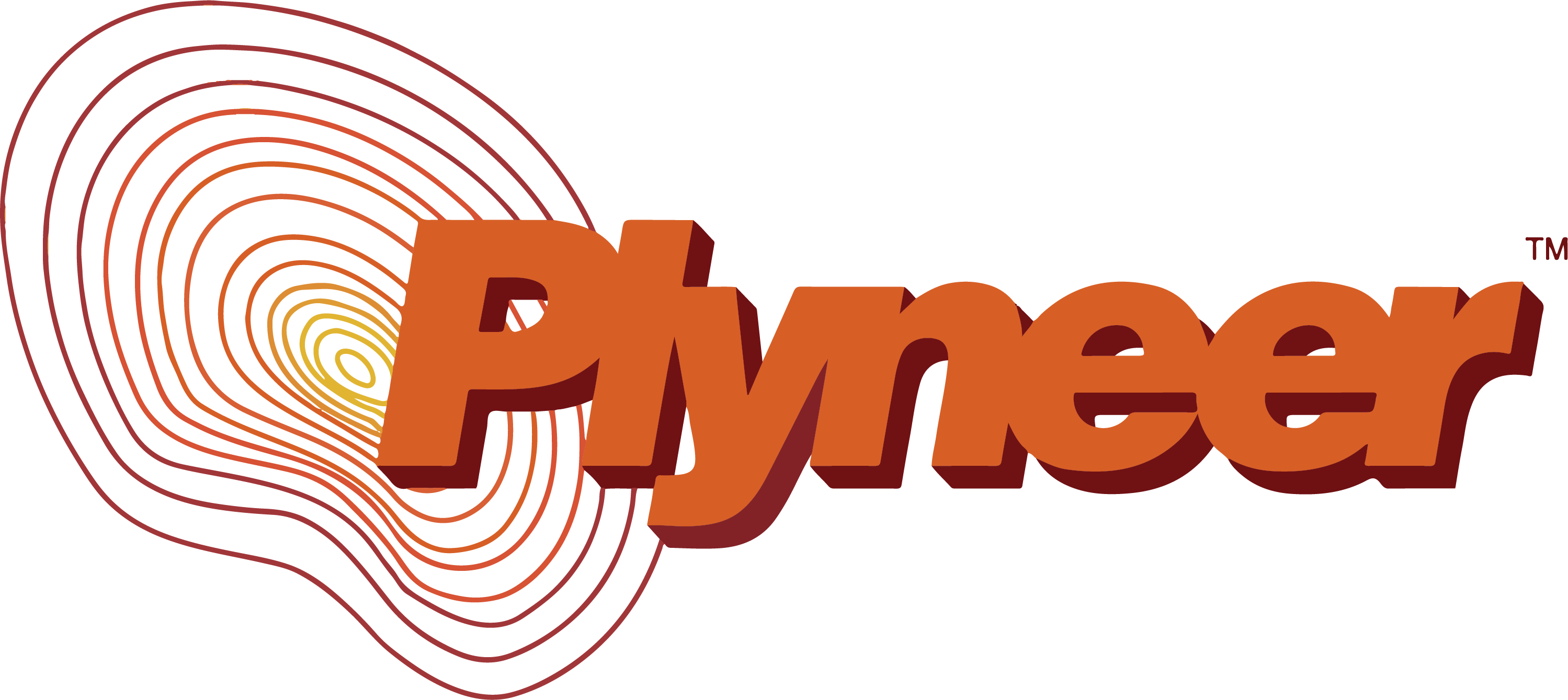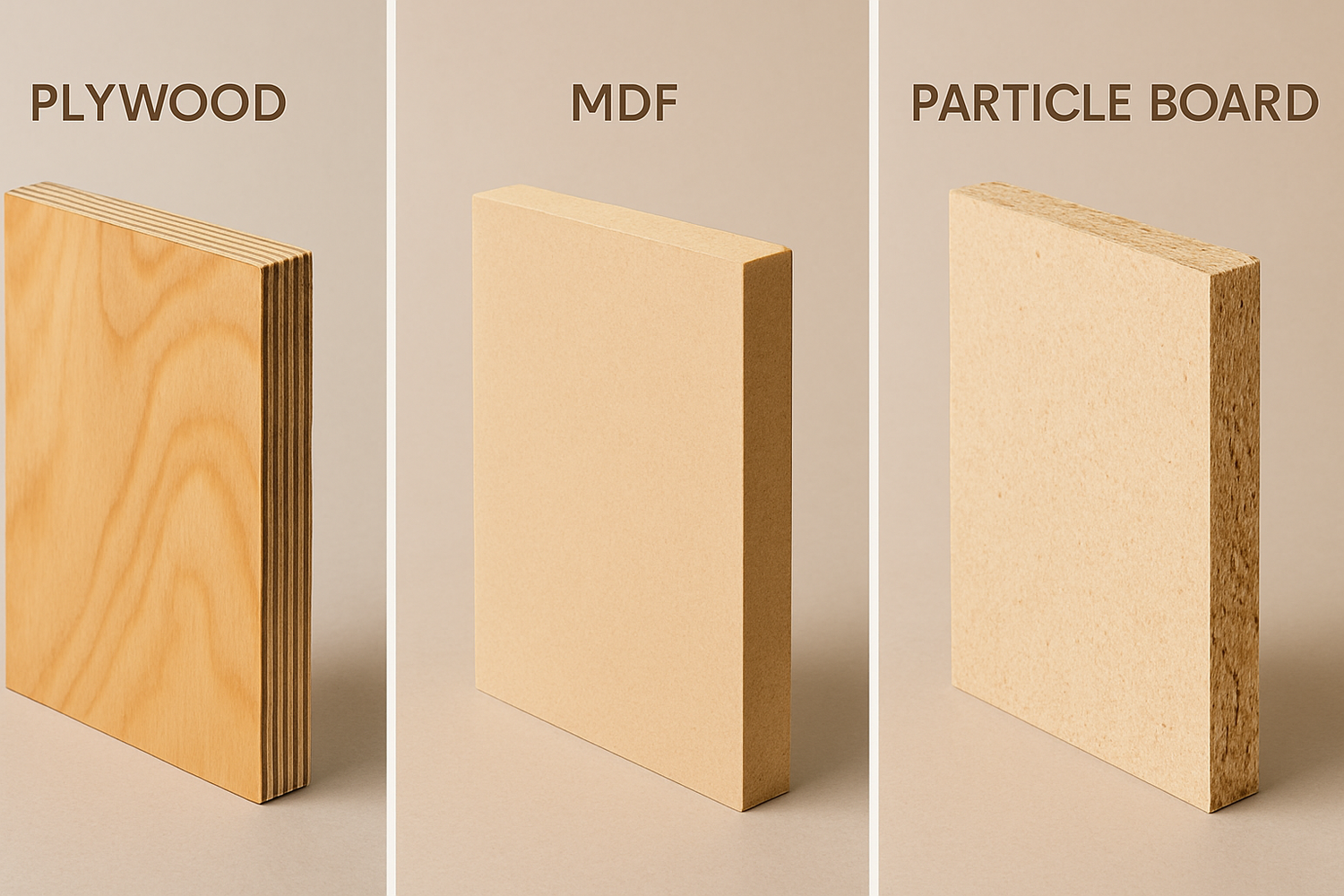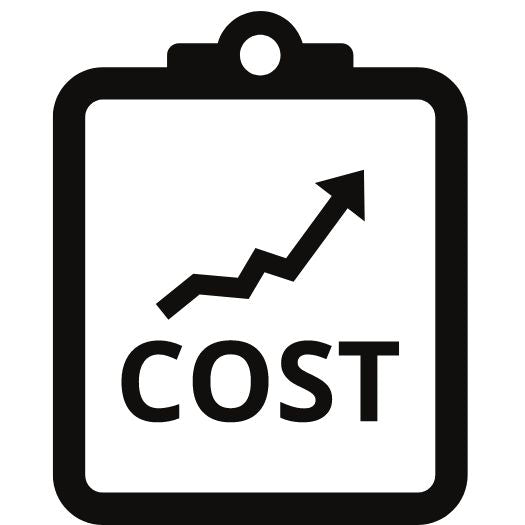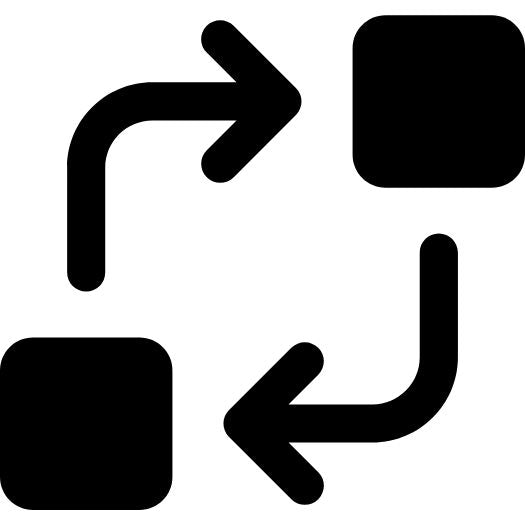Introduction: The Real Cost of Choosing the Wrong Board
The question, "Should I go for Plywood, MDF, or Particle Board?" comes up whether you're designing a modular kitchen, closet, office interior, or furnishings for your house.
While price is a significant consideration, value is ultimately determined by performance.
Plyneer Industries assists quality-conscious homeowners and professionals in selecting the appropriate material for the job. To help you choose the best investment, this blog compares particle board, plywood, and MDF based on factors like long-term performance, cost, machinability, finish, moisture resistance, and durability.
1. Plywood: The Highest Quality Material
What is it?
Thin sheets of wood veneer are layered and cross-bonded with resins under pressure to create plywood. Different grades, such as MR, BWR, and BWP, are available according on the application.
Advantages:
- Better strength and capacity to support loads
- resistant against moisture and termites, particularly BWR/BWP
- Strong screw holding—perfect for heavy drawers, cabinets, and hinges
- accepts veneers and laminates with ease.
- requires little upkeep and lasts more than 20 years.
Cons:
- More costly than particle board or MDF
- Edge banding is necessary for a finished appearance.
🛠️ Plyneer Tip: Use MR for dry areas, BWR for wardrobes, and BWP plywood for bathrooms and kitchens.
2. MDF: Smooth and Stylish—but Know the Limits
What is it?
The smooth, consistent surface of medium-density fiberboard is achieved by compressing fine wood fibers with glue.
Advantages:
- Ideal for intricate paint treatments and CNC routing
- Cost-effective for interiors that are not load-bearing
- Simple to shape and machine
Cons:
- Absorbs moisture, making edema more likely.
- Unsuitable for situations requiring load bearing
- Not as strong at holding screws as plywood
🚫 High-humidity spaces, such as bathrooms and kitchens, are not advised.
3. Particle Board: Light and Budget-Friendly, But Fragile
What is it?
The least expensive type of engineered wood is Particle Board, which is made from wood chips and sawdust that have been resin-bonded.
Advantages:
- Very reasonably priced
- Lightweight, making installation and transportation simple
- Accepts laminates for a respectable appearance.
Cons:
- Weak construction that is prone to breaking and sagging
- Able to disintegrate under weight or screws
- Short lifespan due to high water absorption
👷 Ideal for rental furniture, low-load shelves, and temporary fixtures.
Application-Based Recommendations
|
Application |
Best Material |
|
Modular Kitchen |
BWP/BWR Plywood |
|
Bathroom Vanity |
BWP Plywood |
|
Bedroom Wardrobes |
BWR/MR Plywood |
|
TV Units |
MDF (low-load), BWR Plywood (durable) |
|
Decorative Wall Panels |
MDF |
|
Office Tables |
Plywood or MDF |
|
Budget Home Furniture |
Particle Board (temporary) |
Cost Comparison (Indicative)
|
Material |
Approx. Price/Sheet (19mm, 8*4) |
|
BWP Plywood |
₹107.44/sq.ft |
|
BWR Plywood |
₹96.07/sq.ft |
|
MR Plywood |
₹195.61/sq.ft |
|
MDF |
₹72.75/sq.ft |
|
Particle Board |
₹41/sq.ft |
📌 Prices vary by region and brand. Plyneer offers volume discounts and custom options for professionals.
Sustainability Note
- Plyneer’s E0/E1 grade plywood is low in formaldehyde emissions
- MDF and Particle Board generally have higher VOCs and may off-gas
- Plywood has a longer lifespan = less landfill waste
Conclusion: Choose Smart, Build Strong
Particularly for kitchens, closets, and structural furniture, plywood is the best option if you're searching for strength, moisture resistance, and long-term performance.
MDF is a fantastic backup option if you're looking for decorative aspects at a reduced cost.
Particle Board is the last option for extremely low-cost or short-term applications.
Plyneer Industries assists experts in matching the appropriate material to the appropriate purpose, guaranteeing effectiveness, longevity, and project satisfaction.








